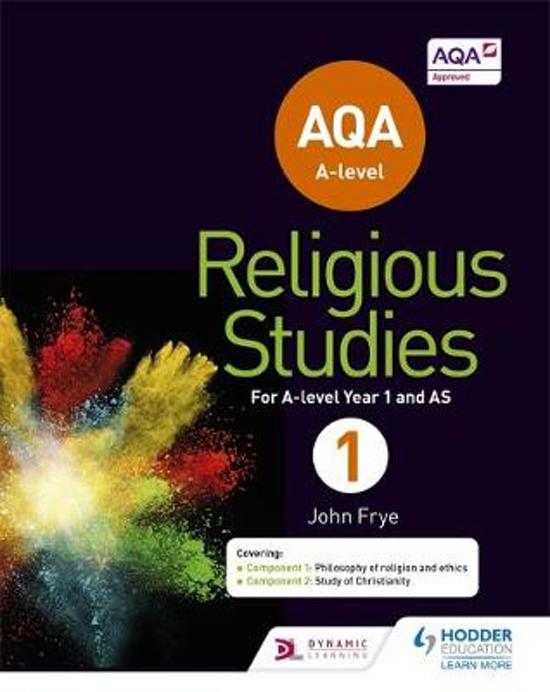Samenvatting
Summary of the Teleological Argument of Design
- Vak
- Instelling
- Boek
A summary of 'The Teleological Argument' from the AQA AS and A-Level Religious Studies specification (7062/7061). Contains a five-page overview of Paley's teleological argument, arguments for and against this view (including philosophers Swinburne, Hume, and Dawkins), key quotes, and key things to ...
[Meer zien]





